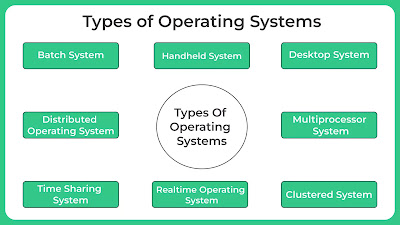Programming languages & it's types

Programming languages are a set of instructions used to communicate with computers. They allow developers to write programs that the computer can understand and execute. Programming languages can be categorized in different ways. Here are the main types: 1. High-level Languages High-level programming languages are user-friendly and abstract away most of the hardware details. They are designed to be easy for humans to read and write. Examples : Python, Java, C++, JavaScript, Ruby, Swift. Characteristics : Closer to human languages Easier to understand and write Requires a compiler or interpreter to convert to machine code Often platform-independent (e.g., Java with its "write once, run anywhere" philosophy) 2. Low-level Languages Low-level languages are closer to machine code and provide more control over hardware. They are harder to write but offer better performance. Examples : Assembly language, Machine code Characteristics : Directly interacts with hardware Requires know...




